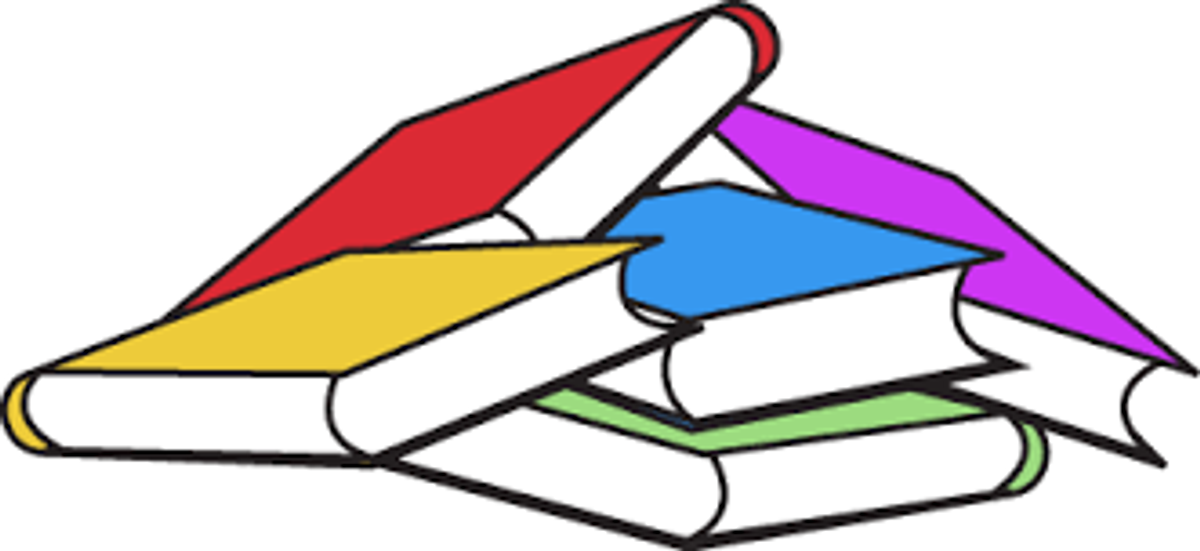The Learning Zone

"Coming together is the beginning, staying together is progress,
and working together is success." - Henry Ford
New K-2 Syllabus
Since 2020 the NSW Curriculum Reform has been shaping a new K-2 Syllabus. This year, our K-2 teachers have been implementing the new English and Mathematics Syllabus. The new curriculum gives students more time to focus on key concepts so they can acquire a deeper understanding of essential knowledge and skills. It ensures students develop strong foundations for learning as they prepare for life and work in a complex and fast-changing world.
The new syllabuses emphasise key concepts, identify essential knowledge and skills and include new outcomes to clearly show what is essential. To reflect the outcomes of the new English and Mathematics syllabuses, the language of the Semester 1 reports will change. Please see the tables below which compare the outcomes and language of the old and new syllabuses. If you have a child in Kindergarten, Year 1 or Year 2, these are the areas you will see on the Semester 1 report.
| English: Old Language | English: New Language |
|---|---|
Speaking and Listening Writing and Representing Reading and Viewing | Oral language and communication Vocabulary Phonological awareness (ES1) Print conventions (ES1) Phonic knowledge Reading fluency Reading comprehension Creating written texts Spelling Handwriting Understanding and responding to literature |
| Mathematics: Old Language | Mathematics: New Langauge |
|---|---|
Working Mathematically Number and Algebra Measurement and Geometry Statistics and Probability | Representing whole numbers Combining and separating quantities Forming groups Geometric Measure 2D spatial structure 3D spatial structure Non-spatial measure Data Chance |
Armidale Diocesan Mathematics Initiative (MaST)
What is happening in the world of mathematics at St Joseph's? Let's take a look!
Please see the information below to assist your child at home.
Maths At Home:
Kindergarten - Addition
Kindergarten now it is time for Addition. Have fun!
Encourage your child to help you when out shopping by counting and collecting objects to put into the basket, e.g. ‘Can you get 2 apples? (add more) How many do we have altogether?’
When playing with building bricks or small toys, encourage your child to count how many of each colour or size.
Play simple board games and encourage your child to count the spots shown on the dice and the number of spaces to move.
Sing number-themed counting rhymes and use your fingers or small props to help count the items, e.g. 10 Green Bottles.
Addition Activities:
How many fingers do you see?
How many more will make 10?
Then try with beads!
Click on the links below:
Stage 1 - Subtraction
For many years, the expectation was that students use the formal written algorithm rather than their own mental strategies for addition and subtraction. Last year we had an enjoyable and informative visit from the Cookie Monster...wonder if he will return!
Rather than teach rules and procedures, we now need to encourage students to explain their strategies using both concrete materials and diagrams to demonstrate their knowledge of addition and subtraction.
Whenever possible try and point out the concept of subtraction in everyday situations. If there are four birds in the garden, then one flies away, ask, “How many now?” and count them together.
Stage 2 - Multiplication
Times tables are a brilliant brain-training exercise for students. Good times-tables knowledge is vital for quick mental maths calculations and problem solving, e.g. if a child knows that 6 x 3 = 18 they will be able to work out that 6 x 30 = 180 or 60 x 3 = 180 almost instantly.
Problems to solve:
In a classroom, there are 5 tables that seat 5 people each. What is the total number of students who can be seated in the classroom.
I have to attach legs to 30 stools. Each stool has three legs. How many legs will I attach?
Present your answers to Miss Sampson for a prize. (First three only!)
Stage 3 - Division
Stage 3 are working on and solving problems using Division.
Present your answers to Mr Perkins for a prize. (First three only!)
There were 86 Smarties in a packet. They were shared equally among 6 people.
- How many Smarties did each person get?
- How many Smarties were left over?
Have a great week of learning and fun!
Maree Holland & Greg O'Toole

